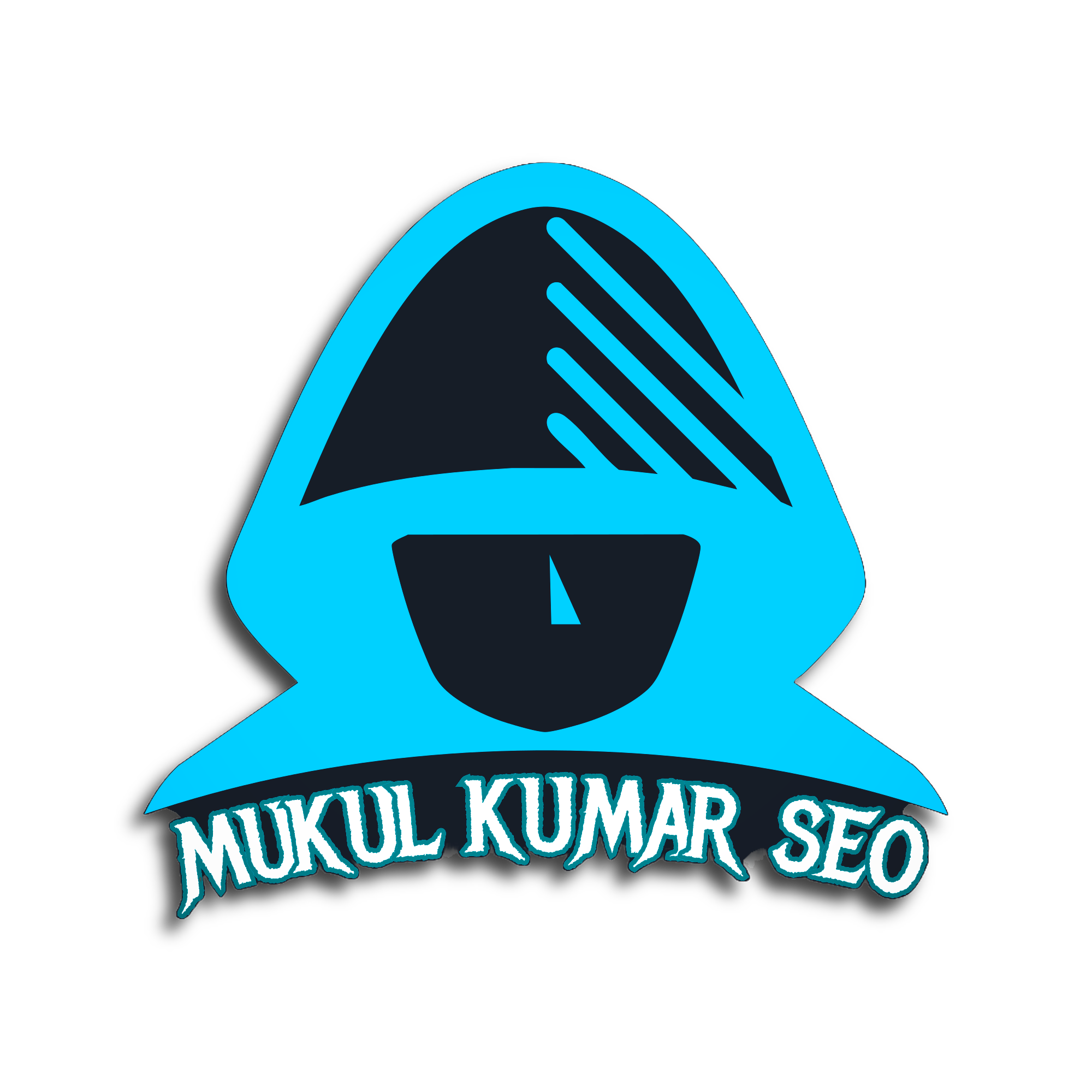The world of web design is constantly evolving, driven by technological advancements and changing user expectations. As we move into 2025, designers are embracing new trends that enhance user experience, improve aesthetics, and make websites more functional. Whether you’re a business owner, developer, or designer, staying updated with the latest trends is essential for maintaining a competitive edge. Here are the top web design trends that will dominate in 2025.
1. AI-Driven Design and Personalization
Artificial Intelligence (AI) is revolutionizing web design, enabling dynamic and personalized user experiences. AI-powered tools can analyze user behavior and preferences to deliver customized content, layout, and interactions. Chatbots and AI-driven virtual assistants are also becoming more sophisticated, enhancing customer support and engagement.
2. Neumorphism 2.0: Soft UI Enhancements
Neumorphism, a design trend that blends skeuomorphism and flat design, is evolving. The new iteration, Neumorphism 2.0, enhances usability with better contrast, accessibility improvements, and interactive elements that mimic real-world textures. This subtle 3D effect provides a sleek and modern look without overwhelming the user.
3. Dark Mode and Adaptive UI
Dark mode continues to gain popularity, not just for its aesthetic appeal but also for its benefits in reducing eye strain and saving battery life. Websites are now implementing adaptive UI, allowing users to switch between light and dark modes seamlessly based on their preferences or system settings.
4. Augmented Reality (AR) Integration
As AR technology becomes more advanced, its integration into web design is increasing. E-commerce websites, real estate platforms, and educational portals are leveraging AR to provide interactive experiences. Users can visualize products in their environment before purchasing, making online shopping more immersive and efficient.
5. 3D and Immersive Visuals
The use of 3D graphics, animations, and immersive visuals is becoming more prevalent. Advances in web technologies such as WebGL and Three.js allow for smoother 3D rendering on websites without compromising performance. This trend is particularly useful for gaming, product showcases, and creative storytelling.
6. Minimalist and Content-Focused Design
Minimalism remains a strong trend in 2025, with websites focusing on clean layouts, ample white space, and concise content. The “less is more” approach improves readability and user engagement by eliminating distractions. Typography plays a significant role in this trend, with bold and expressive fonts taking center stage.
7. Voice User Interface (VUI) and Accessibility Enhancements
With the rise of voice search and smart assistants, websites are incorporating Voice User Interfaces (VUI) to improve accessibility and convenience. VUI allows users to navigate and interact with websites through voice commands, making web experiences more inclusive for individuals with disabilities.
8. Micro-Interactions and Animated Elements
Subtle animations and micro-interactions enhance user engagement by providing feedback and guiding users through interactions. Hover effects, scrolling animations, and button transitions make websites feel more dynamic and responsive, improving the overall user experience.
9. Blockchain and Decentralized Web Elements
Blockchain technology is influencing web design by introducing decentralized applications (DApps) and improved security measures. Web3 elements, such as decentralized authentication and token-based memberships, are becoming more common, especially in industries like finance and digital assets.
10. Sustainable and Eco-Friendly Web Design
Sustainability is a growing concern in the digital world. Websites are adopting eco-friendly design practices by optimizing performance, reducing energy consumption, and utilizing green hosting services. Sustainable web design focuses on efficiency, fast-loading pages, and reducing the carbon footprint of digital interactions.
11. Glassmorphism for a Futuristic Look
Glassmorphism, characterized by frosted-glass effects and translucent elements, is gaining traction in UI design. This aesthetic provides a futuristic feel while maintaining a sense of depth and hierarchy in website layouts. It pairs well with minimalist designs and enhances the visual appeal of web interfaces.
12. Advanced CSS Grid and Flexbox Layouts
CSS Grid and Flexbox are revolutionizing website layouts by offering more flexibility and responsiveness. Designers are leveraging these technologies to create intricate yet well-structured grid-based designs, ensuring a seamless experience across different screen sizes and devices.
13. Scroll-Based Storytelling
Websites are adopting scroll-based storytelling techniques to engage users interactively. As users scroll, elements animate, change, and reveal new content, creating a narrative-driven experience. This trend is particularly effective for brand storytelling, product introductions, and educational content.
14. Hyper-Personalization with Big Data
Websites are utilizing big data analytics to deliver hyper-personalized experiences. From tailored content recommendations to dynamic UI changes, personalization is key to improving user satisfaction and retention. Businesses are leveraging AI-driven insights to predict user behavior and optimize interactions.
15. Mobile-First and Progressive Web Apps (PWAs)
With mobile internet usage surpassing desktop, mobile-first design is more crucial than ever. Progressive Web Apps (PWAs) offer fast, reliable, and app-like experiences on the web, bridging the gap between traditional websites and mobile applications. PWAs ensure seamless functionality across different devices and networks.
Conclusion
As web design continues to evolve, the focus in 2025 will be on creating immersive, accessible, and personalized experiences. From AI-driven interfaces to sustainability and cutting-edge visuals, these trends will shape the future of digital experiences. Staying ahead of these trends will be key to building websites that not only look stunning but also function seamlessly in an ever-changing digital landscape.


